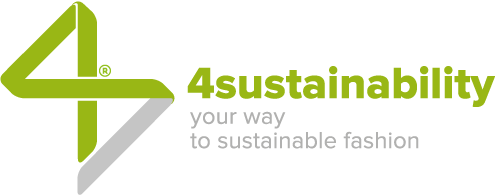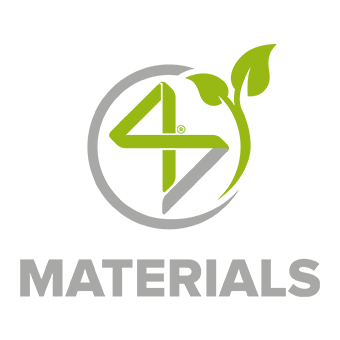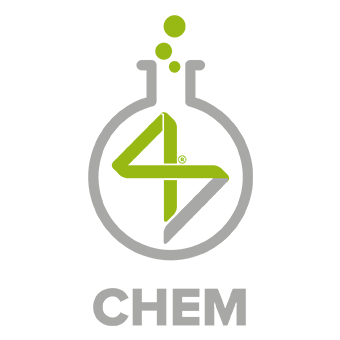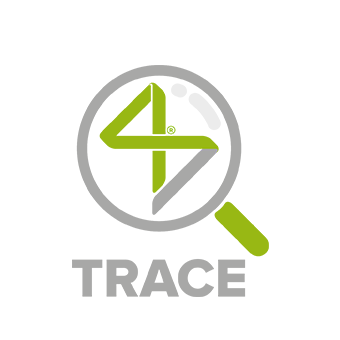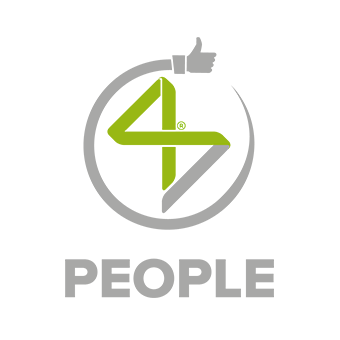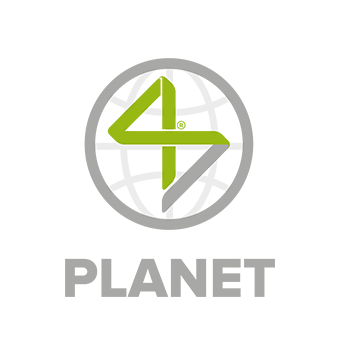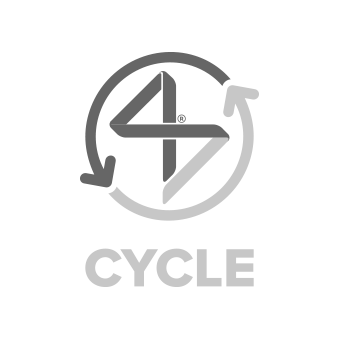
Lavatura Industriale La Fonte SpaID Nr. 4S-100075e-report version 3.0
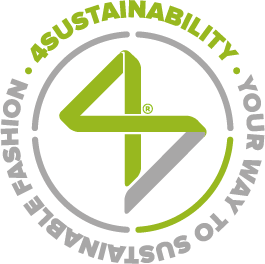
Fonte Lavatura Industriale spa has a tradition that dates back to 1978 with textile dry cleaning and has evolved thanks to the integration in the company of the finishing department with machines for washing, impregnation/drying and the Airo series. Today the company has a highly qualified finishing department comprising coppering, decatizing, kd, steaming, sheeting line, gauzing line, emery, sanfor and mirrors for fabric control and equalising rollers. La Fonte has always based its success on the value of its employees and its constant commitment to improve and certify its production standards, not only in terms of quality and capacity but also for the environmental impact and the intelligent and sustainable exploitation of resources required for processing.
www.fonte.it
4SUSTAINABILITY® COMMITMENT
Growth and sustainability are the factors for which we want to stand out, founding our strategy on the belief that ethical approach should characterize our business model. We firmly believe there cannot be a long-term economic development without a social and environmental development.
Inspired to and aligned with the Sustainable Development Goals set by the United Nations in the 2030 Agenda (SDGs), we’re committed to contributing to the generation of global positive change, assuming a clear environmental and social responsibility.
We do it concretely by joining the 4sustainability® roadmap, making the values and action programs it embodies our own, committing ourselves to starting a virtuous change journey in our business model, through one or more initiatives that we tell in this e-report.
this initiative contributes to the following main UN Sustainable Development Goals
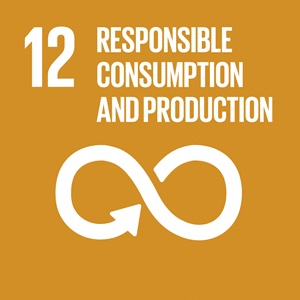
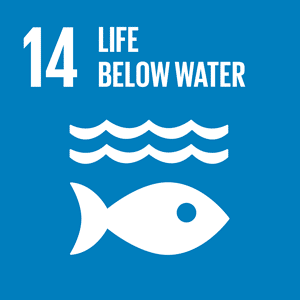
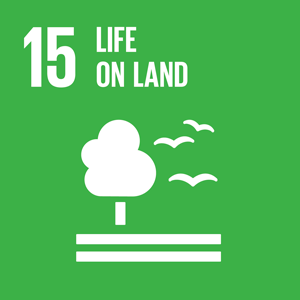
DATA REFERENCE PERIOD
from 01/04/2023 to 30/03/2024
LAST ISSUE DATE
27/05/2024
IMPLEMENTATION LEVEL
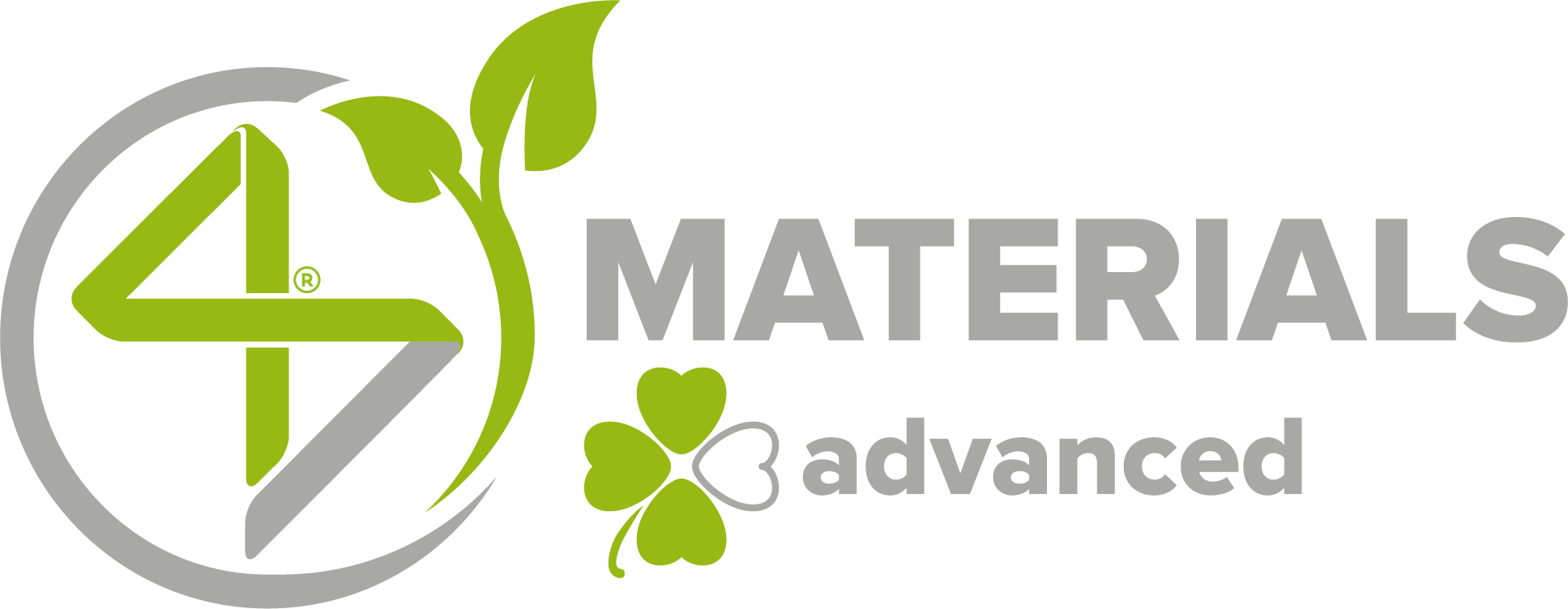
the implementation level is defined after the assurance process following the achievement of the protocol’s minimum requirements and is reviewed annually
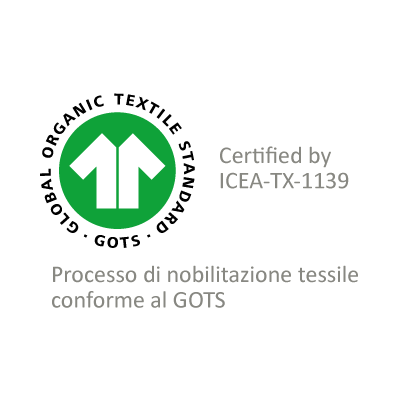
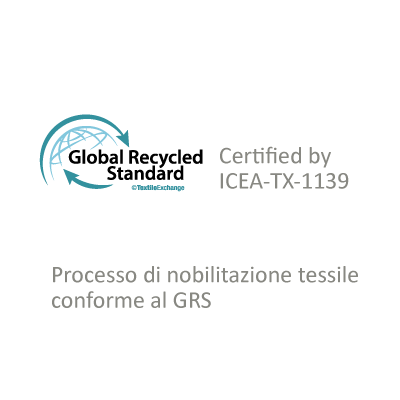
SUSTAINABLE PACKAGING
The sustainable packaging indicates the amount of primary or secondary packaging material for which the producer employed techniques and input factors that lead to an improvement in environmental performance.
98%
percentage of incoming sustainable packaging
100%
Percentage of processes included in certified production
INPUT
The input percentage indicates the processes included (and therefore usable) in the certified productions compared to the total processes that the company carries out internally. It is the detail of the processes listed in their Scope Certificate.
INPUT
The input percentage indicates the proportion of chemical products that are approved by sustainability standards. The calculation is performed by mapping the chemical inventory during the year and highlighting the number of chemical products compliant with the sustainability requirements of 4sustainability Materials protocol.
39%
percentage of incoming chemical products by sustainability standards
elimination of toxic and harmful chemicals from production cycles in line with the ZDHC Roadmap to Zero Programme
this initiative contributes to the following main UN Sustainable Development Goals
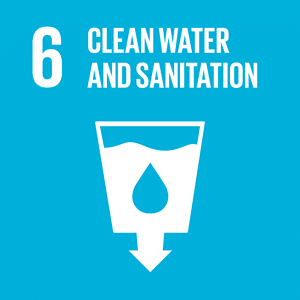
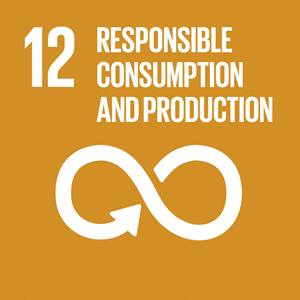

LAST REPORT ABSTRACT
download the report abstract with the main KPIs collected during the last on site assurance performed; if present, the abstract also includes the ZDHC Foundational or Progressive Level Certificate
IMPLEMENTATION LEVEL
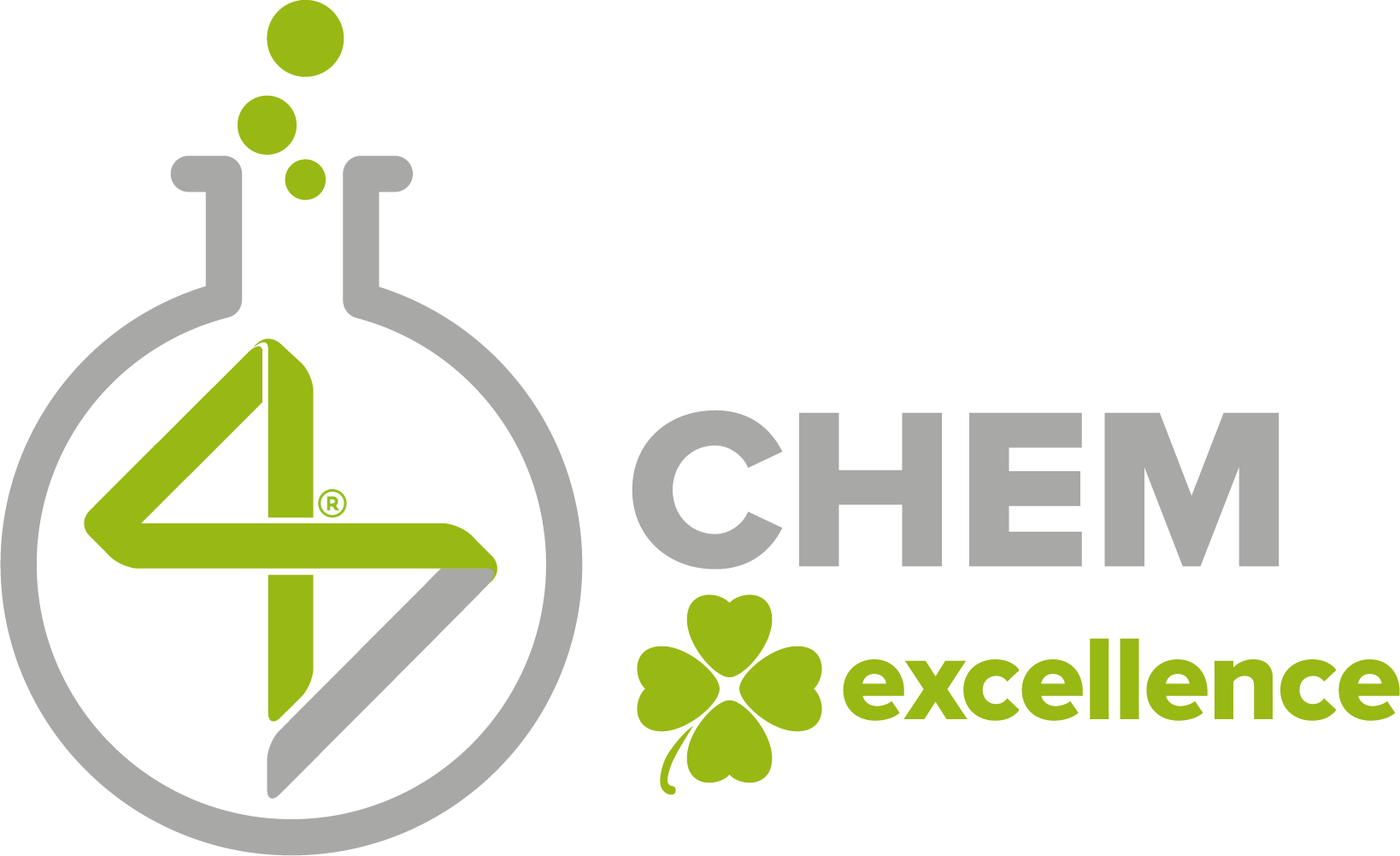
the implementation level is defined after the assurance process following the achievement of the protocol’s minimum requirements and is reviewed annually
The company has adopted the ZDHC MRSL for eliminating toxic and harmful chemicals from its processes and the 4S PRSL for raw material control. It has also implemented all the ZDHC CMS TIG requirements on internal and external processes.
CHEMICAL MANAGEMENT SYSTEM SCORE
93%
the percentage indicates the overall level reached through the implementation of 4s CHEM protocol requirements
ASSURANCE PROTOCOL
PRODUCTION VOLUMECOVERED BY MONITORED CHEMICAL INVENTORIES
100%
percentage of internal and external production volumes monitored through chemical inventory assessments
INTERNAL CHEMICAL INVENTORY EVALUATION
WASTEWATER TESTING
ZDHC MRSL parameters following ZDHC Waste Waters Guidelines
wastewater compliance percentage; when in presence of “doesn’t meet requirements” slice, a Root Cause Analysis (RCA) has been performed and uploaded in ZDHC Gateway Waste Waters Module
PRODUCTION VOLUMECOVERED BY WASTEWATER TESTING
100%
percentage of internal and external production volumes whose wastewater has been tested following ZDHC Waste Waters Guidelines
this initiative contributes to the following main UN Sustainable Development Goals
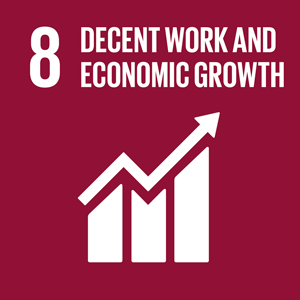

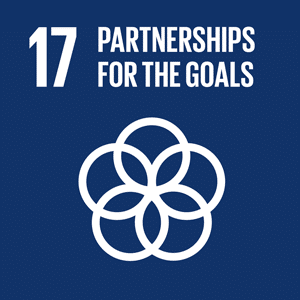
DATA REFERENCE PERIOD
from 30/06/2022 to 01/07/2023
LAST ISSUE DATE
16/10/2023
IMPLEMENTATION LEVEL
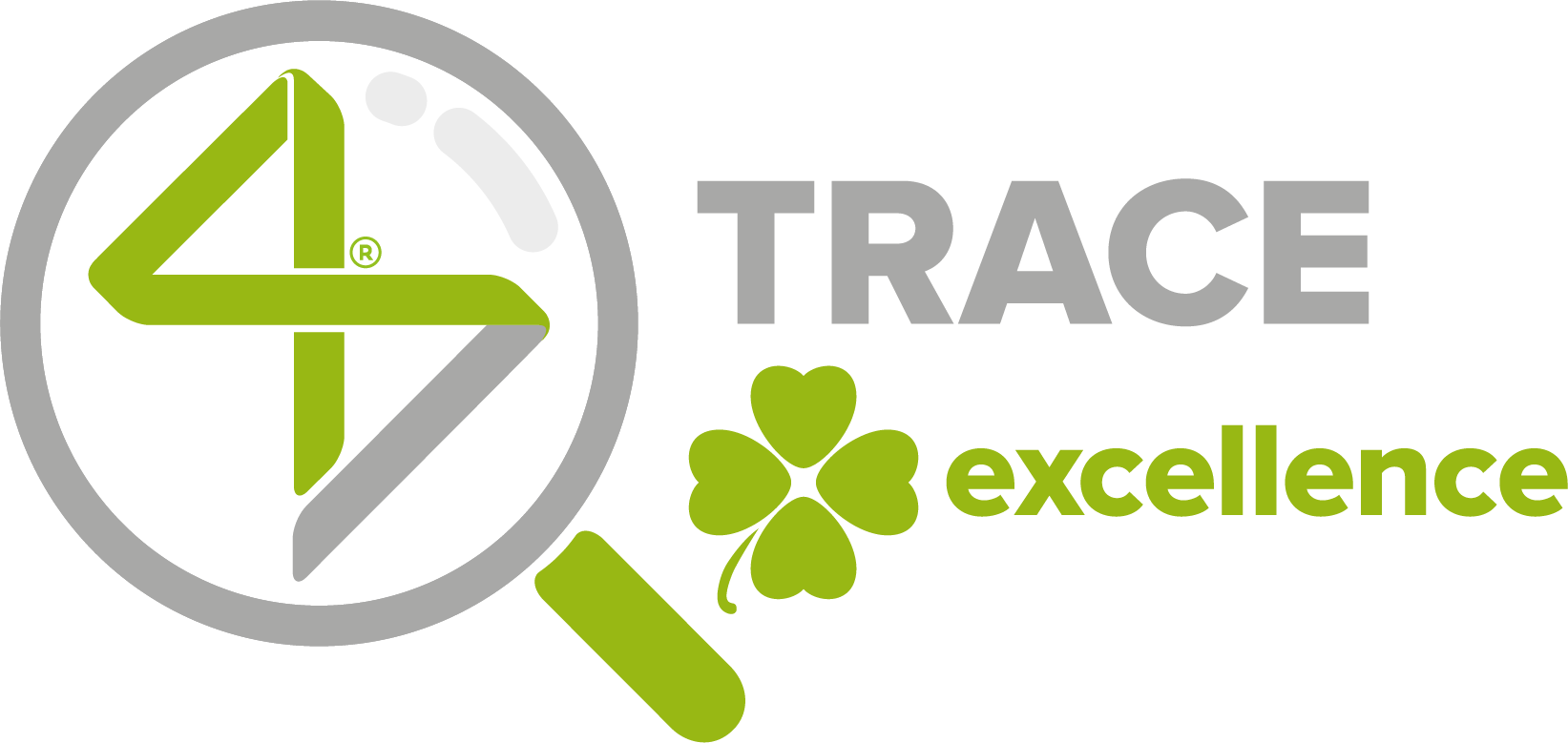
the implementation level is defined after the assurance process following the achievement of the protocol’s minimum requirements and is reviewed annually
The company has implemented a track & trace management system. If there are outsourced processes and raw materials purchases, the company has also involved its suppliers on sustainability performances data collection, implementing a rating system to push them towards continuous improvement.
The company is a third-party processor and therefore the activities of mapping and evaluating the supply chain are not applicable. In this case, the implementation level attests the quality of its production traceability system for each work order and its integration into an information management system.
this initiative contributes to the following main UN Sustainable Development Goals
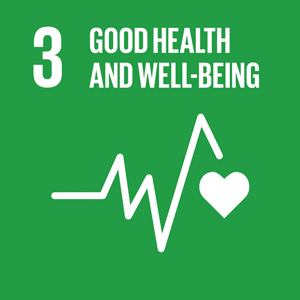
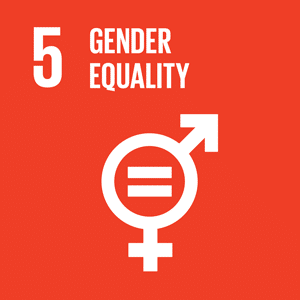
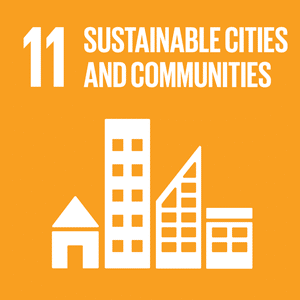
LAST REPORT ABSTRACT
download the report abstract with the main KPIs collected during the last on site assurance performed
IMPLEMENTATION LEVEL
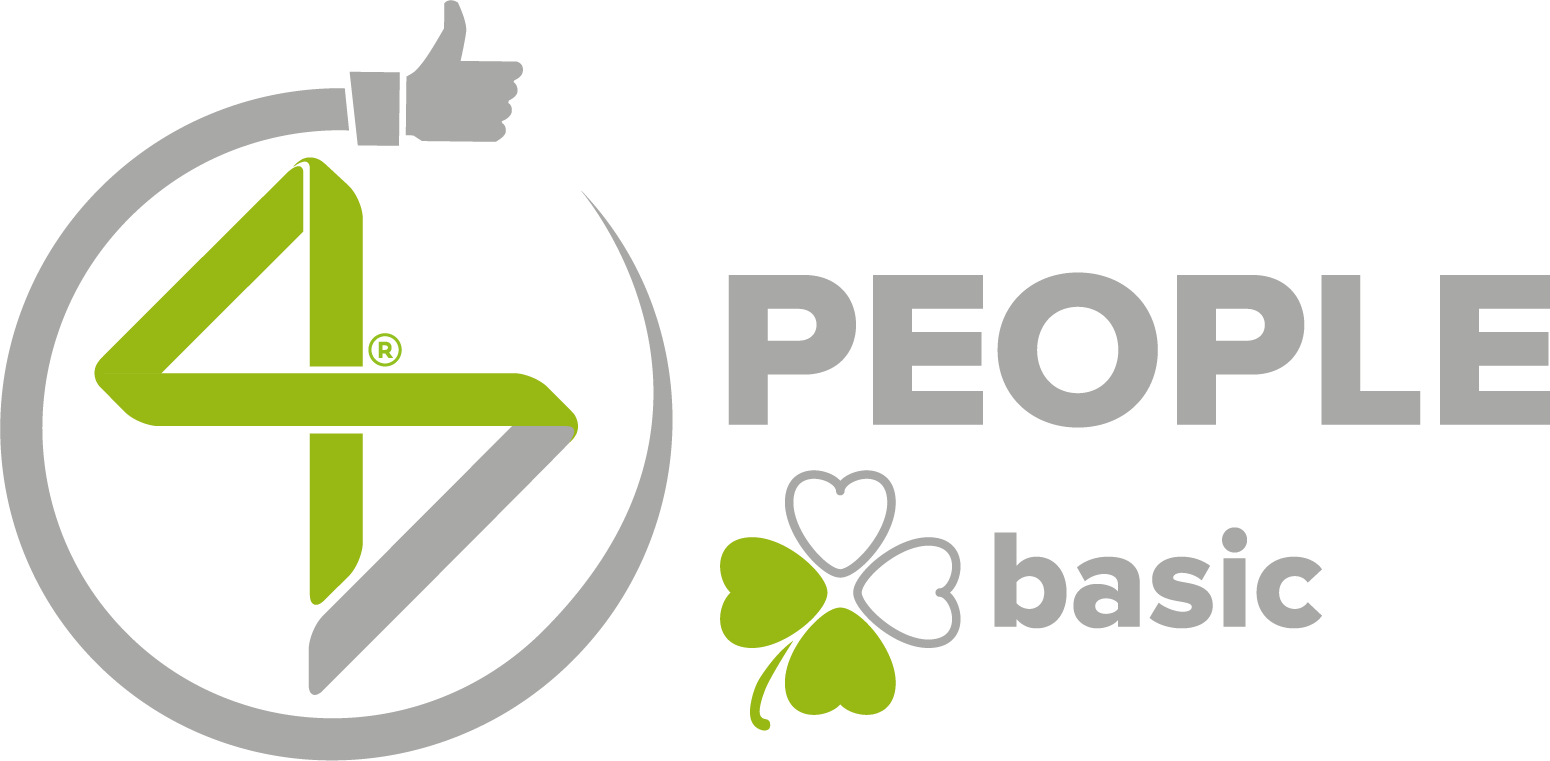
the implementation level is defined after the assurance process following the achievement of the protocol’s minimum requirements and is reviewed annually
The company has verified social compliance to improve its performances and is working on culture, organization, services and environment to grow its stakeholder wellbeing.
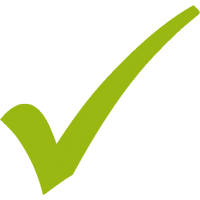
verification date
10/06/2024
SOCIAL COMPLIANCE
The company complies with the key requirements and standards for protecting workers’ health, safety and rights in the workplace.
CORPORATE CULTURE
“Corporate culture” includes the beliefs, assumptions, values and ways of interacting that contribute to the social and psychological environment of an organization and that inspire people’s actions and behaviors.
33%
percentage of the initiatives implemented on the total protocol
18%
protocol requirements application percentage based on number and type of actions performed
BUSINESS ORGANIZATION
“Business organization” includes rules and processes through which a company carries out its functions and activities – a key lever to improve employees’ work-life balance and corporate well-being.
SERVICES & BENEFITS
“Services & Benefits” include possible initiatives aimed at taking care of and supporting workers: workplace services, human services and benefits to employees.
17%
protocol requirements application percentage based on number and type of actions performed
67%
protocol requirements application percentage based on number and type of actions performed
WORK ENVIRONMENT
“Work environment” includes initiatives aimed at promoting the wellbeing of workers through an improving quality of workspaces (appropriate workstations, welcoming and well-lit offices…) and the presence of relaxation areas.
this initiative contributes to the following main UN Sustainable Development Goals
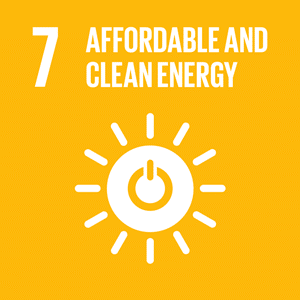
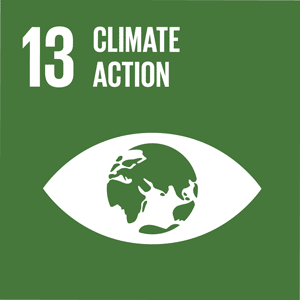

DATA REFERENCE PERIOD
from 01/01/2021 to 12/31/2021
LAST ISSUE DATE
15/02/2023
IMPLEMENTATION LEVEL
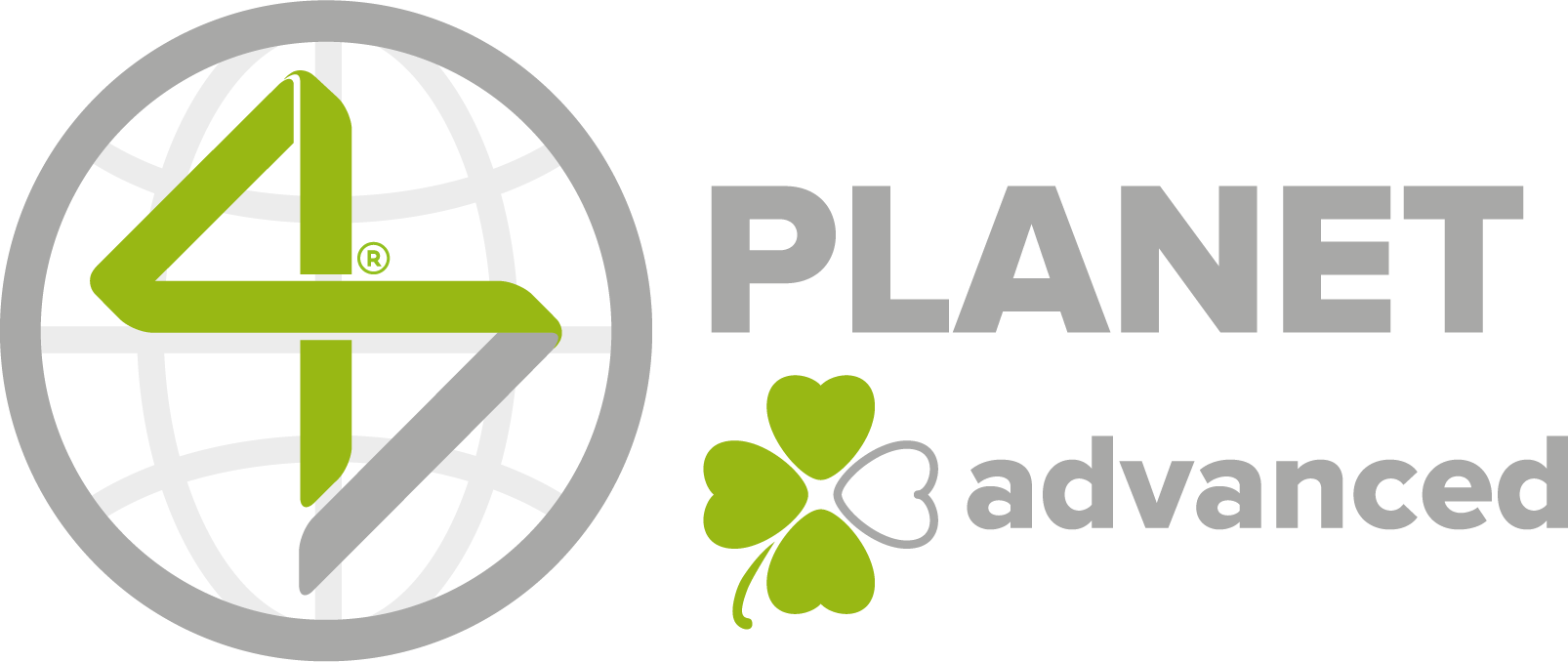
the implementation level is defined after the assurance process following the achievement of the protocol’s minimum requirements and is reviewed annually
The company has identified its main environmental impacts and implemented a calculation of its Water Footprint and/or Carbon Footprint and has started a roadmap for impact reduction on direct and indirect footprint.
MAIN ENVIRONMENTAL IMPACTS
The main company impacts are calculated starting from the direct ones. The calculation is then extended to include indirect impacts according to their order of relevance.
Consumption here on the side refers to an annual production of 1732060,3 kg.
CONSUMPTION
3.268.107,00Kwh
ELECTRIC ENERGY
16.200.846,00Kwh
THERMAL ENERGY
111.485,00liters
WATER VALUE
CO2eq (CARBON DIOXIDE)
462.700,00KG
total emission (e.g. energy and water consumption, waste, fuels, packaging...)
ENERGY
SOURCES
55%

OTHER
SOURCES
45%

FROM
SUPPLY CHAIN
0%

DIRECT USE
100%
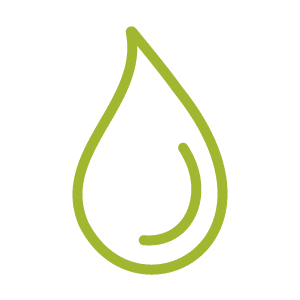
INDIRECT USE
0%

WATER
111.485,00L
total consumption
